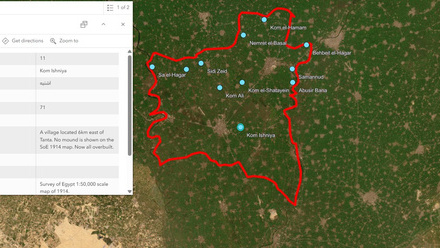The invention of writing was one of the most transformative milestones in human history. Far more than a method of recording speech, writing revolutionised how people thought, organised, and interacted. It enabled the rise of complex societies, such as ancient Egypt, by allowing the creation of administrative systems, codifications of law, preservation of religious beliefs, and recording of scientific and artistic achievements.
This event offers a captivating journey through the origins and development of writing, beginning in the fourth millennium BCE. We will explore some of the world’s earliest writing systems–from Mesopotamian cuneiform and Egyptian hieroglyphs to lesser-known and still undeciphered scripts. Participants will engage with specific archaeological artefacts that bear these inscriptions, gaining insight into their cultural and historical concepts.
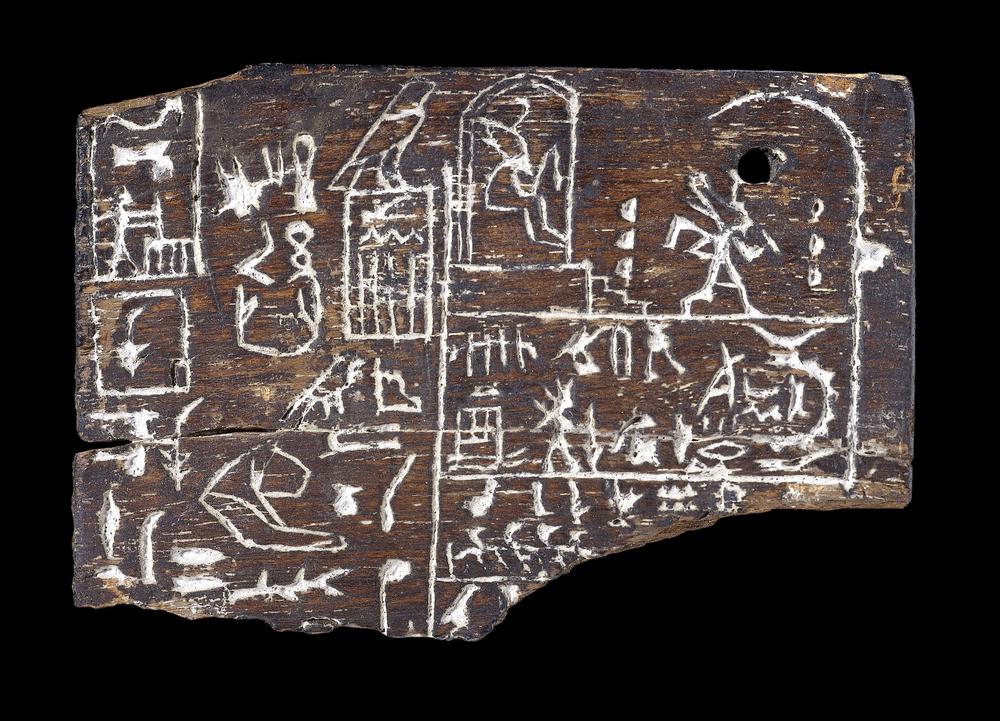
Jar Label of Den (BM EA 32650) featuring the king in the Sed festival on the right side and showcasing the earliest use of writing on the left side, © The Trustees of the British Museum.
A major focus will be ancient Egypt, from its unification around 3500 BCE to the end of the Greco-Roman Period in 390 CE. We will examine how writing permeated nearly every aspect of Egyptian society – from administration to funerary art and monumental inscriptions. The course will also explore how written signs were not just functional tools but also integrated into the visual and artistic language of ancient Egypt.
By combining history, archaeology, art history, and geography, this event provides a multidisciplinary perspective on how writing shaped – and was shaped by – the ancient world. The event concludes with a hands-on workshop, offering participants a chance to step into the shoes of an ancient scribe. You can try your hand at writing Egyptian hieroglyphs on papyrus or create watercolour illustrations inspired by ancient scripts.
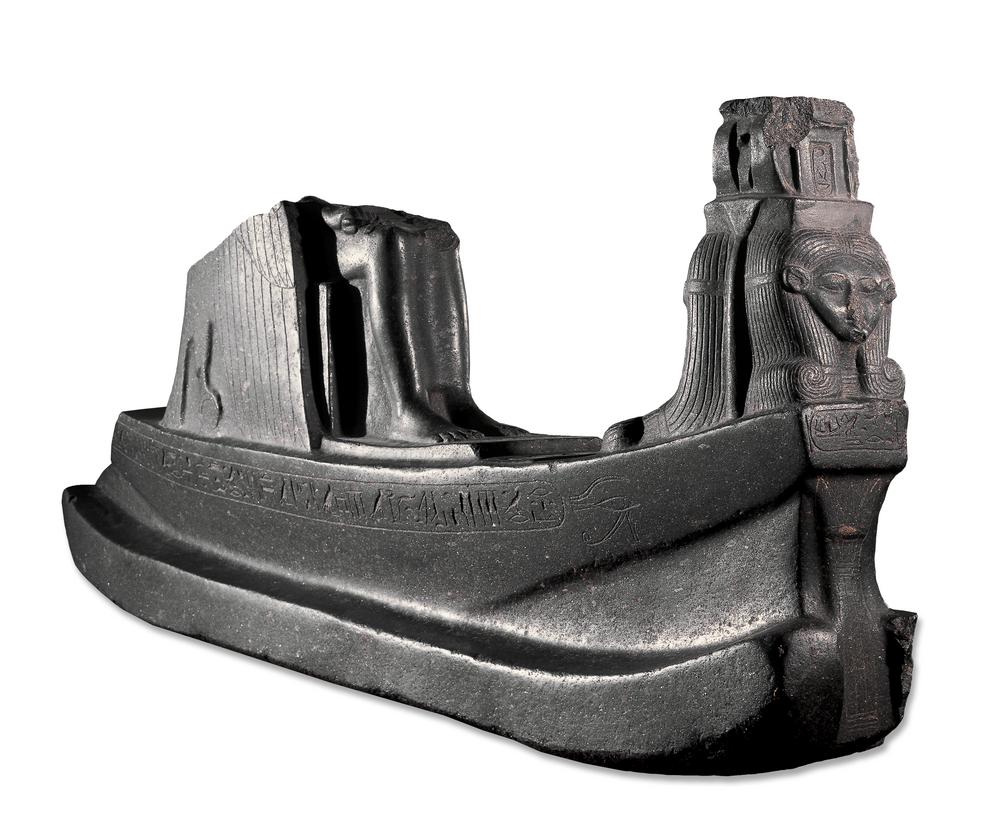
Barque of Mutemwia (BM EA 43) from Karnak exhibiting the statue of Mutemwia, wife of king Thutmosis IV disguised as Mut on a barque, © The Trustees of the British Museum.
By attending this event, participants will gain insights into one of humanity’s most groundbreaking inventions: writing. They will discover why writing emerged independently in different parts of the world, explore the many purposes it served – from managing empires to expressing identity – and learn how it transformed ancient societies. With a special focus on ancient Egypt, participants will also explore how writing was interwoven into everyday life, while comparing it to other early scripts to understand what makes it unique. This event offers not just knowledge, but a deeper appreciation of how writing helped shape the world we live in today.
Schedule
12:50 – Meet and enter the British Museum
Tour groups can skip the queues! Meet us at the back entrance of the museum on Montague Place, near Malet Street Gardens.
13:00-15:00 – Walking trail around the Egyptian Sculpture and Early Egypt galleries of the museum
To ensure a more engaging experience, the British Museum tour is divided into two smaller groups. The first part is a 60-minute guided tour through the sculpture gallery, showcasing the diverse use of ancient Egyptian writing. Participants will explore key artefacts such as stela and coffins, ending with a look at early examples of writing in the Early Egypt gallery–creating a connection to the later presentation at the Honey & Co. Studio.
In the second 60-minute session, the participants will take part in a fun ‘True or False’ self-guided treasure hunt at their own pace in the Egyptian Death and Afterlife galleries. Each person receives a list of objects related to ancient Egyptian writing and must locate them and decide whether accompanying information is accurate. (Please note this part of the event may not be monitored by the EES team, but clear meeting times and points as well as contact details will be provided on the day.)
One group begins with the tour while the other starts the treasure hunt, then they switch.
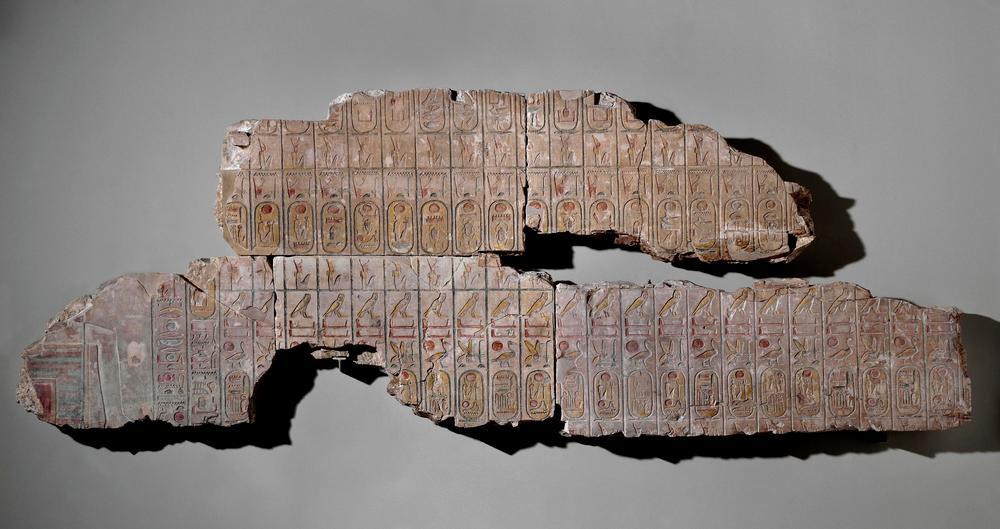
Abydos king list (BM EA 117) from the temple of Ramesses II in Abydos, showcasing the names of 34 kings, © The Trustees of the British Museum.
15:00-15:30 – Leave the British Museum and Walk to Honey & Co. Studio
15:30-16:00 – Tea and Coffee break with selection of cakes
Refreshments provided by Honey & Co.
16:00-16:30 – Presentation on the writing across cultures
The 30-minute presentation offers an introduction to writing around the world, highlighting early scripts, their similarities and differences, and the objects on which they appear.
16:30-17:30 – Practical workshop on writing ancient hieroglyphs
In the workshop at Honey & Co. Studio, participants will have the chance to follow in the footsteps of ancient Egyptian scribes and draughtsmen by copying texts in hieroglyphs and hieratic (a cursive form) onto papyrus, or by creating watercolour illustrations inspired by hieroglyphic signs.
17:30 – Wine reception
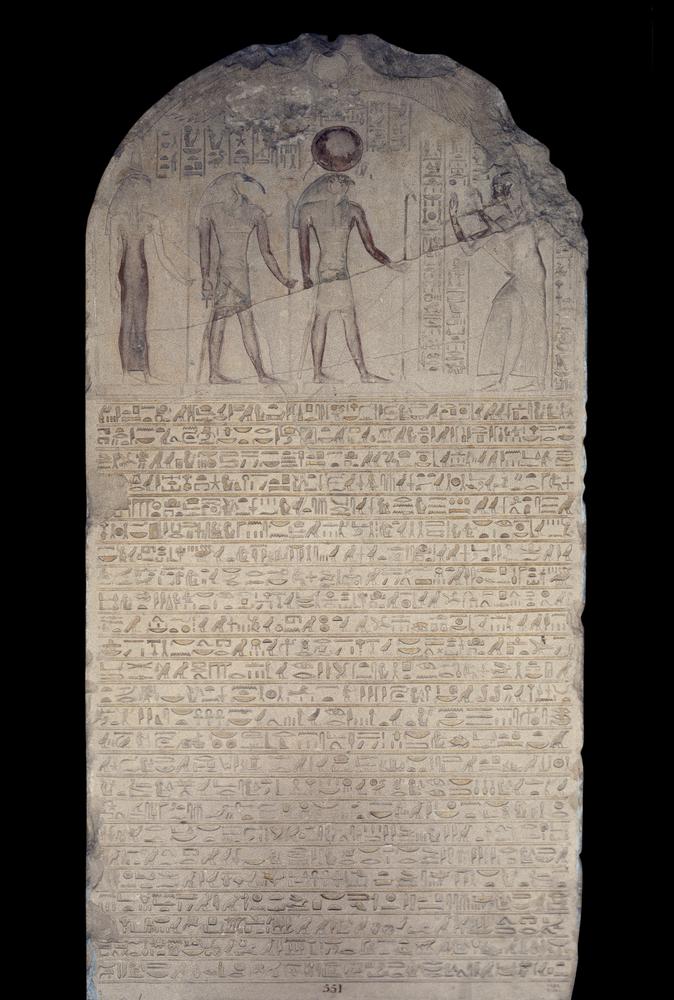
Stela of Horemhab (BA EA 551) from the king’s tomb in Saqqara, featuring Horemhab in front of Ra-Horakhty, Thoth and Maat on the top and below is a prayer to Ra-Horakhty, © The Trustees of the British Museum.
Venues
Booking and information
Upon booking, please provide a mobile number that can be used for location updates during the event, as well as any dietary or access requirements we may need to consider. After registering, you will receive a confirmation email containing information about joining the event in person. If you do not receive your email, then please check your junk folders before contacting the Egypt Exploration Society.
Please ensure that you have read our guide to attending EES events before the event begins. Event tickets are only refundable if notice is provided at least 10 days prior to the event date.
The venue has a limited attendance capacity, so please only sign up if you’re confident that you can attend. If this event does become sold out, please click the book now button to join the waiting list. We will email you if a place becomes available for this event, so you may reconfirm your interest in attending this Muse and Make event.


